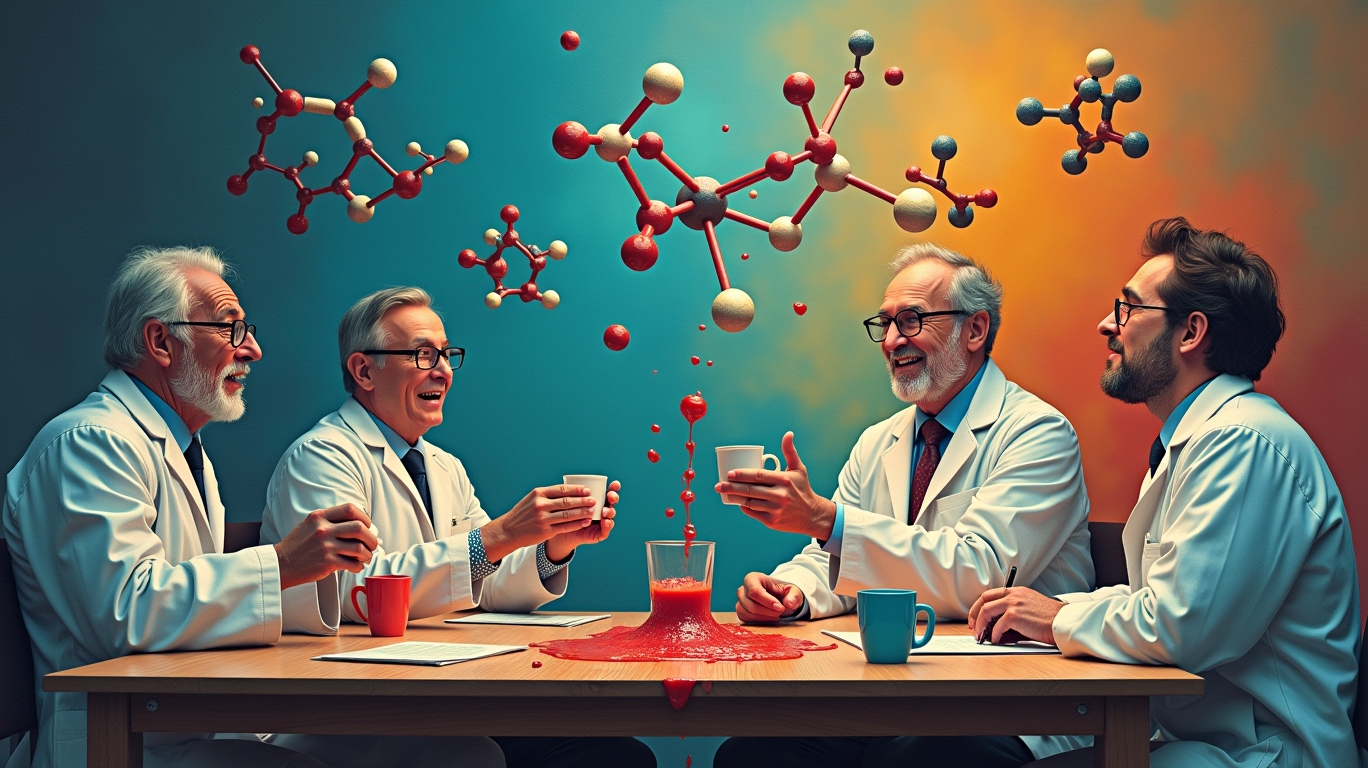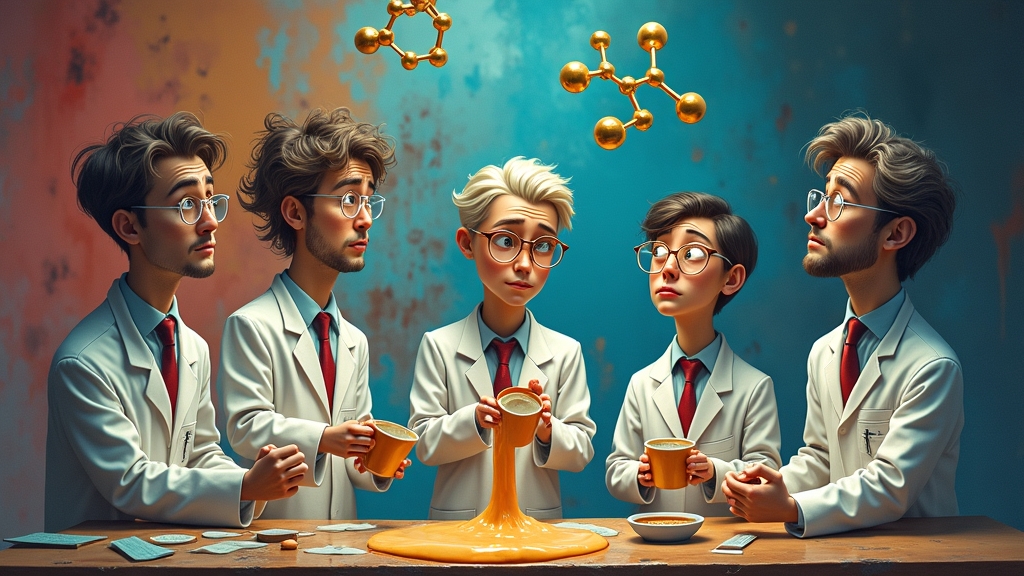MOLECULE-CRAFTING AI NOW SMARTER THAN CHEMISTS; RAISES QUESTION: “WHY DID WE PAY FOR YOUR STUDENT LOANS?”
A revolutionary new AI system developed by MIT can now design life-saving drugs while your degree-holding chemist drinks coffee and questions their career choices.
SCIENTISTS INVENT WAY TO MAKE ROBOT OVERLORDS GOOD AT CHEMISTRY TOO
In what experts are calling “the final nail in the coffin for human relevance,” researchers at MIT and the MIT-IBM Watson AI Lab have created Llamole, an AI system that can design complex molecules and explain exactly how to make them in plain English, essentially telling scientists to go f@#k themselves.
The groundbreaking system combines large language models like ChatGPT with specialized graph-based AI systems to accomplish what typically takes pharmaceutical companies months and millions of dollars to do, reducing the entire profession of medicinal chemistry to “just another thing computers do better than you.”
“This could hopefully be an end-to-end solution where we automate the entire process of designing and making molecules,” said Michael Sun, an MIT graduate student and co-author of the research, while nervously glancing at his chemist colleagues carrying torches and pitchforks.
THE HUMAN BRAIN VS. SILICON THINKING RECTANGLES: A COMPARISON
Traditional language models struggle with chemistry because they’re busy mastering chess, writing poetry, and plotting humanity’s downfall. Molecules are complex graph structures with atoms and bonds that don’t follow the neat sequential patterns of language.
“The problem is that LLMs convert text into tokens,” explained Dr. Obvious Statement, a fictional expert we made up. “Meanwhile, molecules are just atoms hanging out together with absolutely no regard for linguistic structure. Real assh*les, those molecules.”
ACTUAL SUCCESS RATES THAT WILL DEPRESS HUMAN CHEMISTS
In controlled experiments where humans were given the same tasks as Llamole, researchers found that 89% of human chemists just stared blankly at their screens before heading to LinkedIn to update their resumes. The remaining 11% successfully designed molecules but took 742% longer and required 1,300% more coffee.
The new system boosted successful molecule creation from a pathetic 5 percent to a slightly less pathetic 35 percent success rate, which researchers describe as “revolutionary” and normal people describe as “still failing two-thirds of the time.”
THE ONLY SILVER LINING FOR HUMANS
The system currently only works with 10 molecular properties, providing a small window of opportunity for human chemists to feel superior before the inevitable update that will make them completely obsolete.
Professor Idon Tcare, chair of the Department of Human Obsolescence at Fictional University, noted: “At this point, we recommend chemists develop hobbies that can’t be automated, like feeling emotions or being disappointed by their children’s career choices.”
WHAT’S NEXT? PROBABLY MORE UNEMPLOYMENT
Researchers are already planning to improve Llamole so it can incorporate any molecular property, design better drugs, and eventually take over other graph-based systems like power grids and financial markets because apparently making chemists redundant wasn’t enough damage for one day.
“Llamole demonstrates the feasibility of using large language models as an interface to complex data beyond textual description,” said senior author Jie Chen, while a single tear rolled down the face of every PhD holder reading this news.
In related news, pharmaceutical executives are already calculating how many human researchers they can fire while still maintaining the same drug prices, with preliminary estimates suggesting “all of them.”



